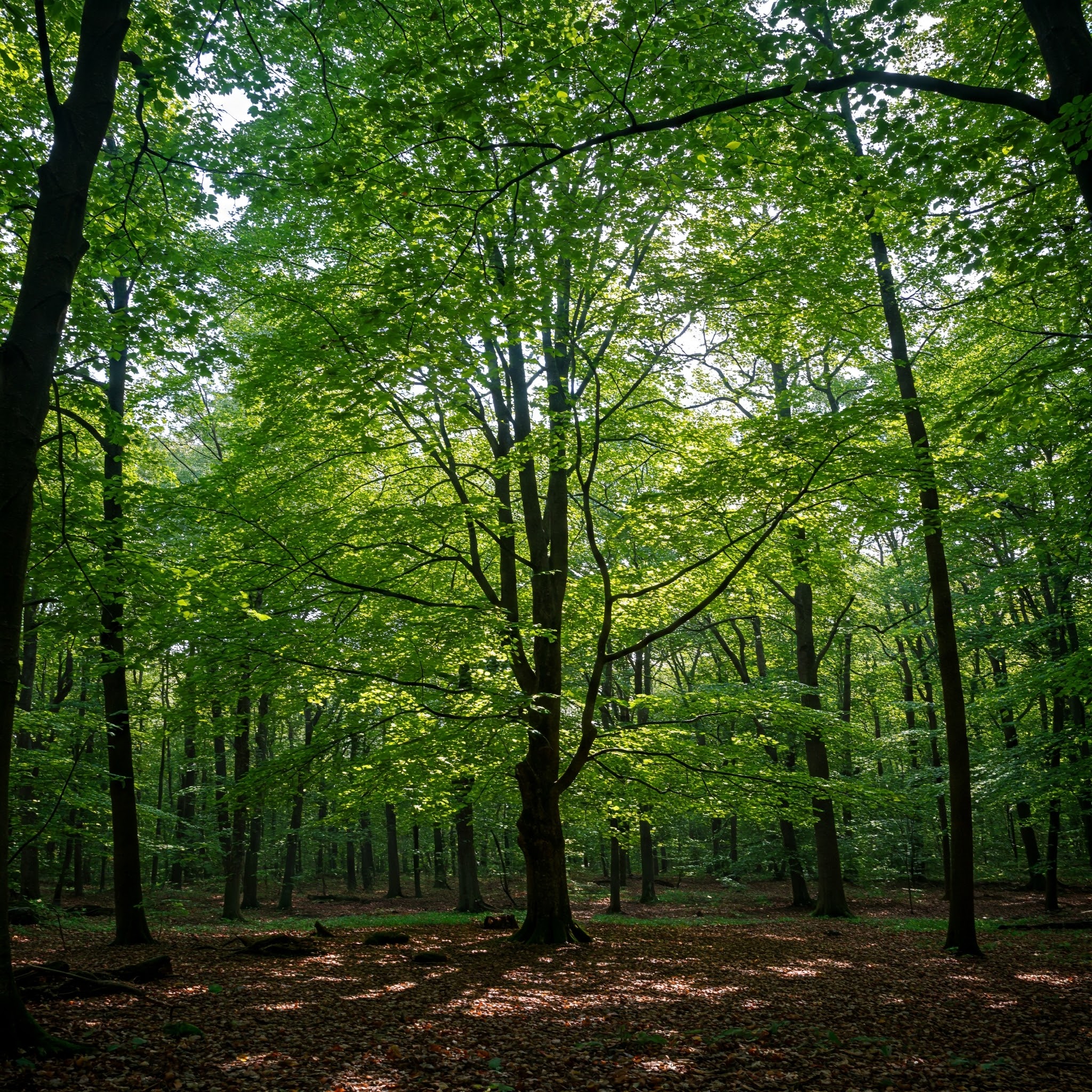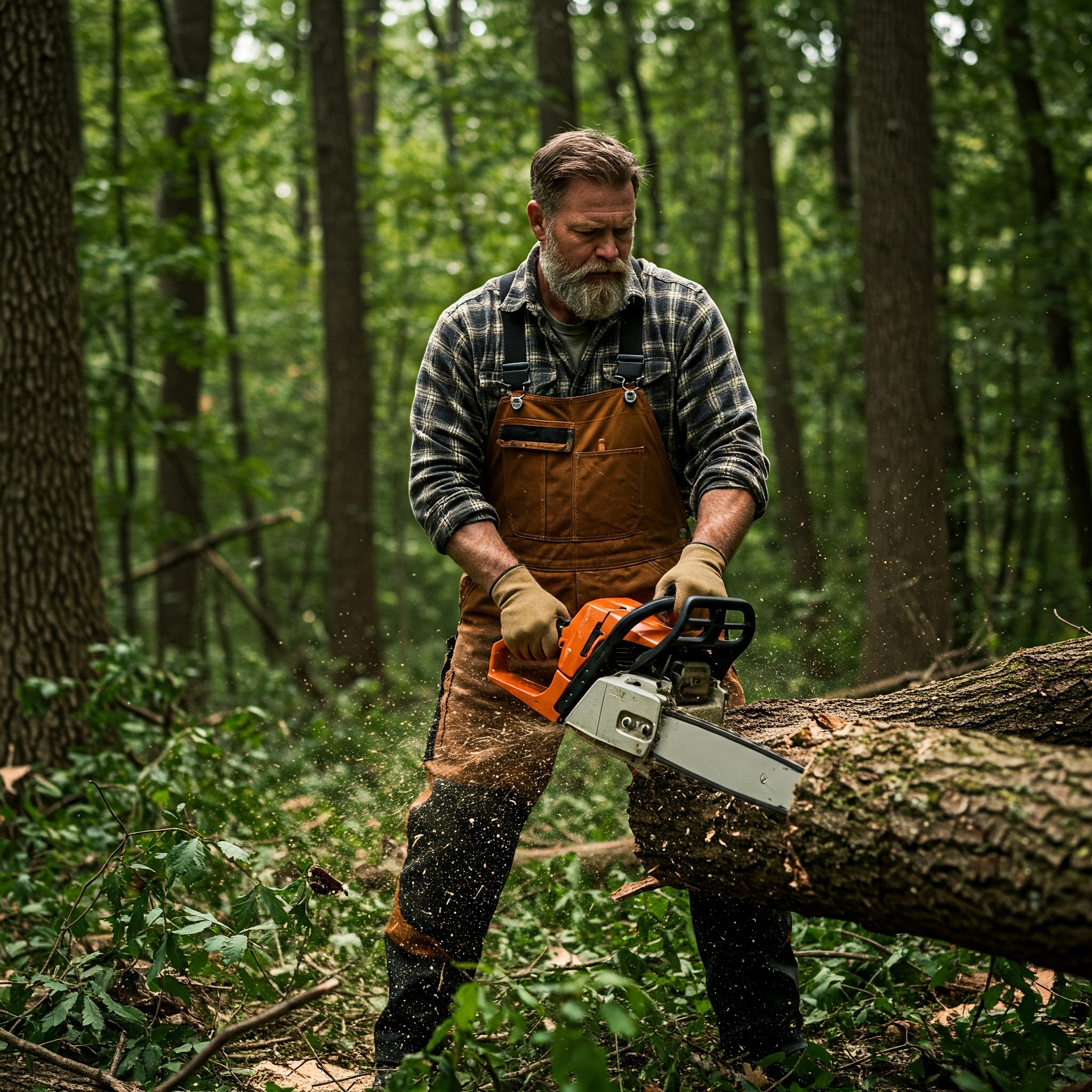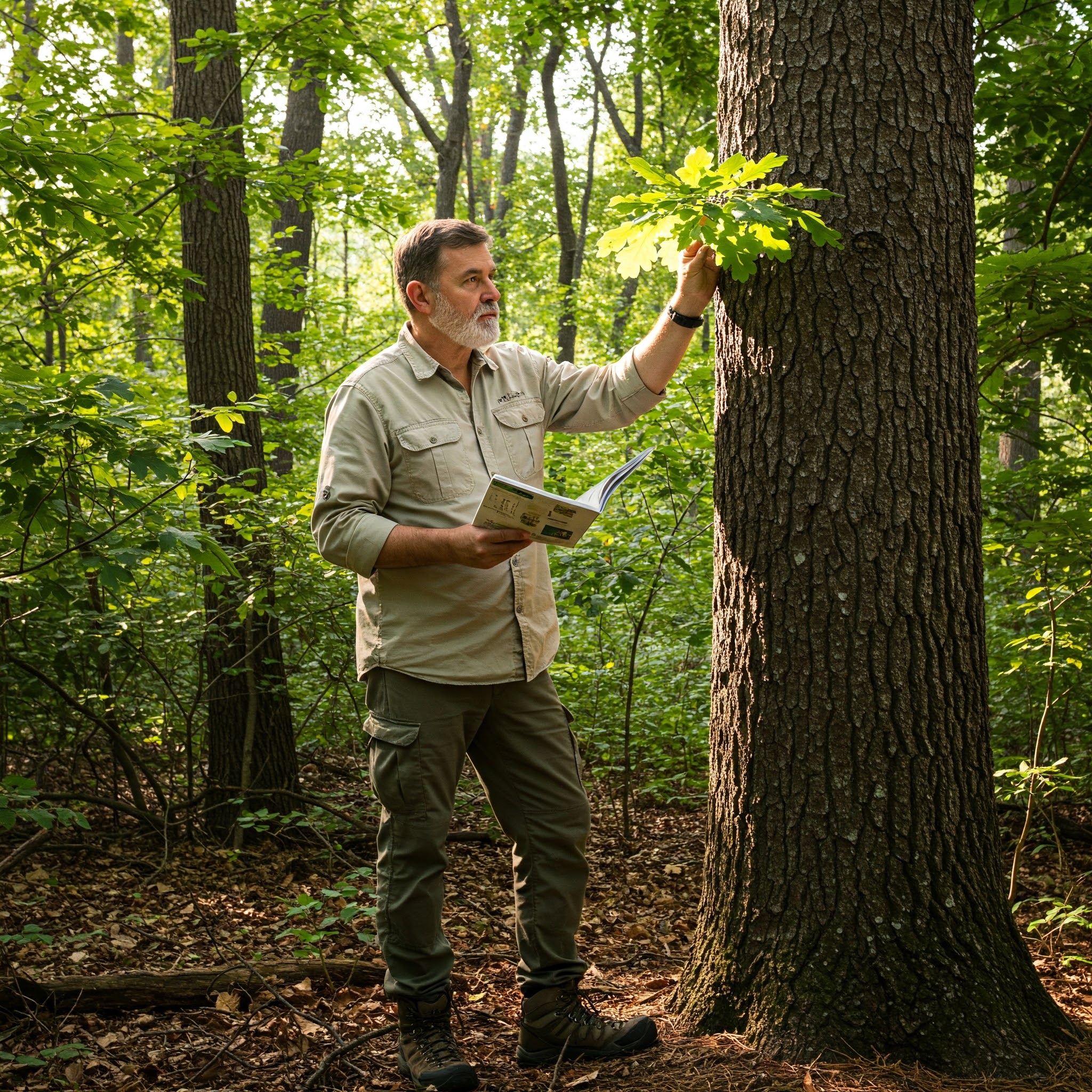Enhancing Forest Growth

Audio summary
Timber Stand Improvement, commonly referred to as "TSI," is a broad term often employed by forestry consultants and woodland managers. It encompasses various strategies aimed at enhancing the quality of a specific woodland area, primarily through one key approach: reducing or removing undesirable species that compete with the trees we wish to promote.
A professional consultant typically asks landowners, “What is your main goal for your woodlands, and which use matters most to you?” The two most frequent answers are “to maximize the number of marketable trees for the highest profits” and “to develop the best possible habitat for deer.” The third, less common response is to create a visually appealing, park-like environment. Fortunately for hunters and habitat managers, the first two goals can work together effectively. In contrast, the third goal often leads to a barren landscape lacking in wildlife food and cover, primarily due to the dense shading created by a closed-canopy forest.

The good news is that practices aimed at optimizing marketable trees by removing competitive, low-value species yield several benefits. This approach allows essential sunlight to reach the forest floor, promoting the vigorous growth of nutritious forbs, weeds, and saplings, which also serve as excellent cover for various wildlife species. Additionally, it frees up water, sunlight, and nutrients that would otherwise be consumed by competing trees, enhancing the health and productivity of valuable species like oaks. This not only maximizes their growth potential (increasing market value) but also leads to the production of high-quality hard mast crops, which attract and sustain wildlife.
When we delve deeper into the techniques for Timber Stand Improvement (TSI), particularly in terms of reducing competition, we discover several commonly employed and effective practices. While selective timber harvesting can be viewed as a form of TSI when it involves removing lower-grade trees with some economic value, this article will focus on the maintenance methods applied between timber harvests.
Sponsored

1.) Vine removal entails the manual or chainsaw cutting of wild grape and other climbing vines that can encroach upon trees. Over time, these vines can impose significant stress on desirable trees through shading and their weight, ultimately stunting growth and potentially leading to the tree's demise. It is often advised to treat the vine stump with a herbicide like Tordon to eliminate it and prevent new growth.
2.) Girdling, ringing, and the hack and squirt technique are methods employed to kill a standing tree without cutting it down. Girdling or ringing involves making a complete groove around the tree, cutting into the cambium layer beneath the bark where water and nutrients are transported. Many experts recommend creating two rings, one above the other, to ensure effective results. The hack and squirt method requires making notches in the same tissue with a sharp hatchet at various points around the tree's circumference, followed by injecting herbicide that will eventually reach the roots and kill the tree. A hybrid approach combines girdling with a saw and applying herbicide into the fresh cut for similar outcomes.

3.) Foliar and basal bark spraying involves applying herbicide to the actively growing leaves or the lower trunk of a tree to introduce a lethal chemical. These techniques are primarily used to swiftly eradicate non-native, invasive brambles, shrubs, and trees. In some cases, mechanical removal of these invasive species is also performed if conditions permit.
4.) Lastly, we arrive at the primary focus of this article: Hinge Cutting. This technique involves making a partial cut through a live, actively growing tree—typically one that is competitive—and then pushing or pulling it to lay the trunk horizontally on the ground. When executed correctly, the tree remains alive and continues to thrive.

Hinge cutting can be accomplished using a few basic tools, with the most essential being a lightweight, easy-to-handle chainsaw equipped with a sharp chain. Professional "top handle" models significantly enhance the ease and effectiveness of this task. A bar length of around 14 inches is typically ideal, though this ultimately depends on personal preference. As previously mentioned, a hooking tool is crucial; one popular option available online is the "Habitat Hook," which comes in various models and price ranges.
Don't overlook safety gear! Chainsaw chaps are vital for protecting your legs from accidental cuts, especially when fatigue or loss of balance occurs. A hard hat with hearing protection is widely available at farm supply stores and chainsaw retailers. Safety glasses are essential as well, not only to shield your eyes from sawdust but also from twigs that may fly towards your face when maneuvering a hinged tree.
Additionally, having a lightweight dead-blow hammer and a few plastic tree felling wedges can be beneficial for guiding stubborn hinge-cut trees in the desired direction. Always work alongside a partner and assess each tree and situation carefully to avoid the risk of dead limbs or leaning trees falling unexpectedly. This precaution is extremely important.

If you're just starting out with tree identification, seeking advice from a professional can be extremely beneficial. This guidance will help you distinguish between undesirable species and valuable ones, preventing you from unintentionally harming a young crop of mast and timber-producing trees. Many tree species can be challenging to identify in their juvenile stages, but with some initial direction, you'll quickly learn to spot both the targets you want to remove and the desirable trees that should be preserved and freed from competition.
For further insights on hinge cutting and other methods to enhance the habitat and hunting potential of your land, visit the online resource “The Management Advantage,” which offers a wealth of information on land and wildlife management topics.
Frequently asked questions
Related articles






Leave A Comment